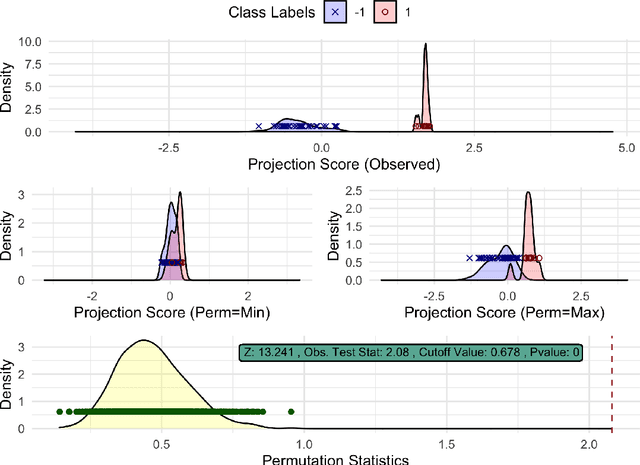Get our free extension to see links to code for papers anywhere online!Free add-on: code for papers everywhere!Free add-on: See code for papers anywhere!
Andrew G. Allmon
diproperm: An R Package for the DiProPerm Test
Aug 30, 2020Figures and Tables:

Abstract:High-dimensional low sample size (HDLSS) data sets emerge frequently in many biomedical applications. A common task for analyzing HDLSS data is to assign data to the correct class using a classifier. Classifiers which use two labels and a linear combination of features are known as binary linear classifiers. The direction-projection-permutation (DiProPerm) test was developed for testing the difference of two high-dimensional distributions induced by a binary linear classifier. This paper discusses the key components of the DiProPerm test, introduces the diproperm R package, and demonstrates the package on a real-world data set.
* Package located at https://github.com/allmondrew/diproperm
Via
 Add to Chrome
Add to Chrome Add to Firefox
Add to Firefox Add to Edge
Add to Edge